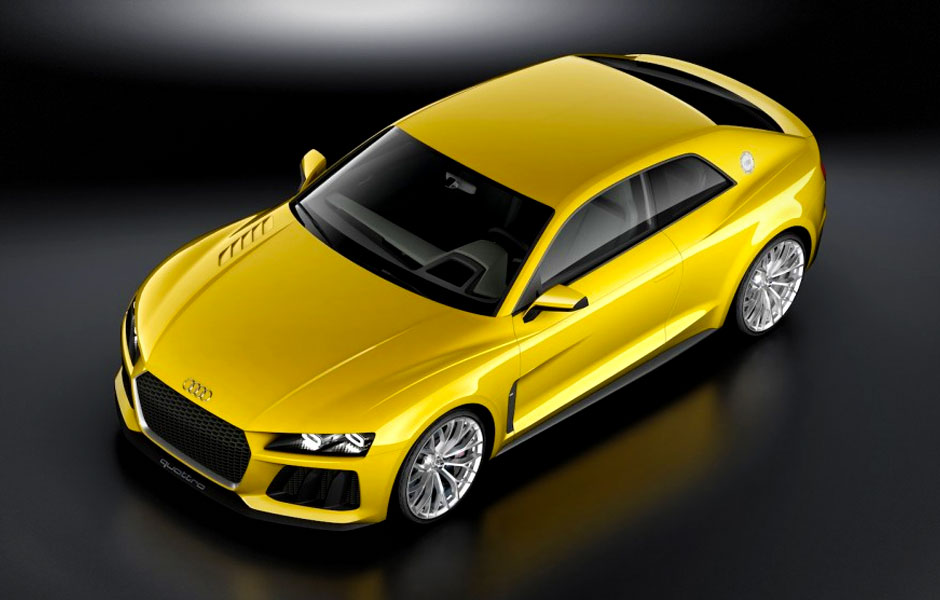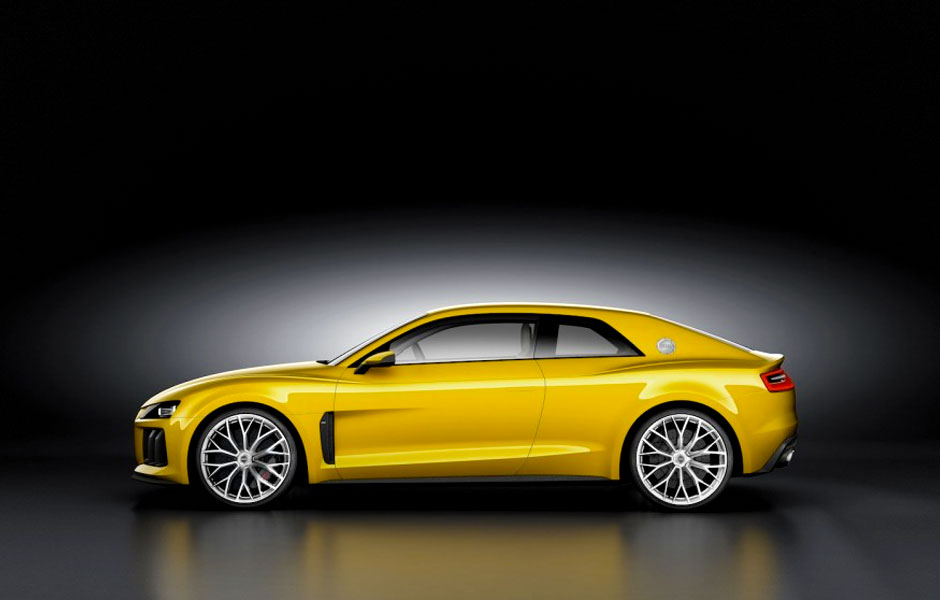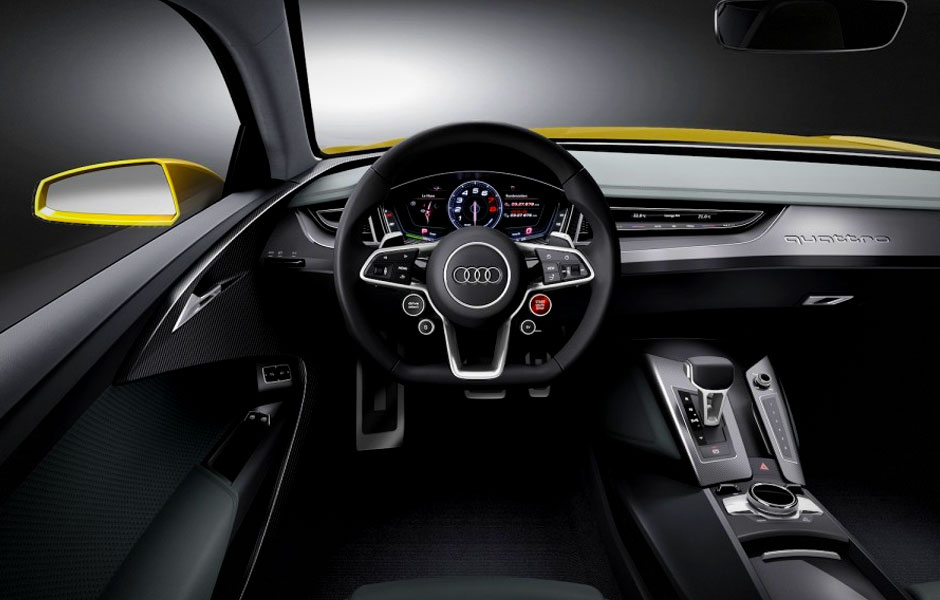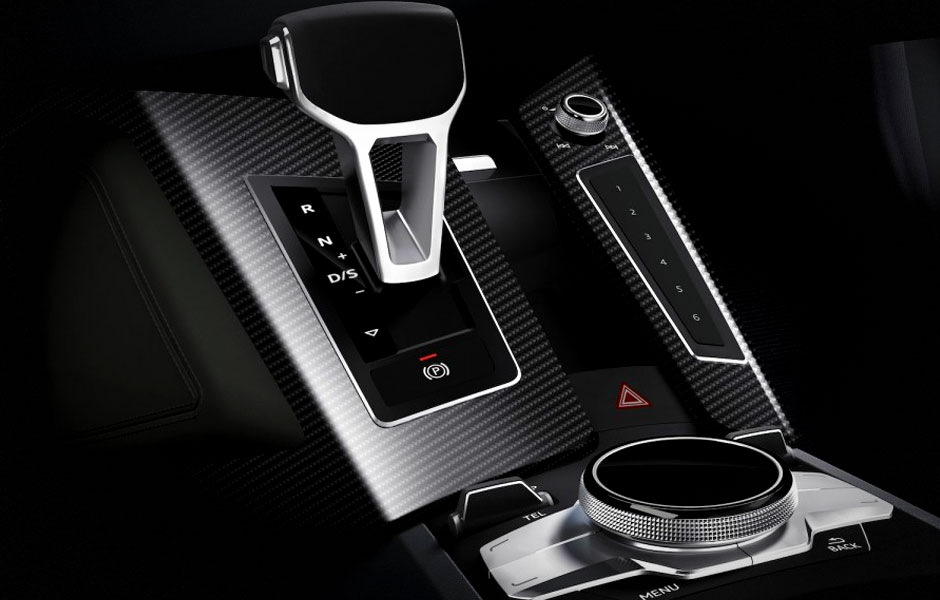Like it or not, the world of performance cars is headed towards hybridization. But that’s OK, right? Sure it is. You’ll save more fuel while also utilizing the torque-y nature of electric motors.
Just because virtually every mass market hybrid that has gone sale in the last decade has been terrible to drive in one way or another doesn’t mean they can’t get good…eventually.
When I hear folks complain about hybridization, I like to remind them of the early days of any automotive technology. Let’s take fuel injection for example. In the early days of fuel injection – the 1970s and 1980s – there were two major designs: Jetronic made by Bosch and General Motors’ single-point fuel injection.
Jetronic was an early form of mechanical fuel injection and one that truly utilized German magic. The entire system was dependent on a cone of air suspending metal plate in what can only be best described as a rubber funnel. Should something go wrong with your cone of air or your funnel, you were hosed.
Across the pond, we had single-point fuel injection on GM cars. This was – for all intents and purposes – an electronic carburetor. It took a bit of the guesswork out of the fuel delivery system but not a lot. Even though it used only one injector and rudimentary computer controls, the system often fell flat in terms of power and reliability.
It took a good 20 to 30 years – depending on your point of view – to get fuel injection to the success story it is today. Heck, now we even have direct fuel injection, which squirts fuel directly into the cylinder instead of into a manifold allowing for higher compression and improved power and efficiency.
This brings me back to hybrids. Yes, even a performance-oriented hybrid like the Infiniti M Sport Hybrid, while far better than the first Prius, is still not as enjoyable to drive as a normal, non-hybrid Infiniti M. That doesn’t mean performance hybrids remain rubbish forever, though.
Take the Audi Sport quattro concept that you see above. It makes 700 horsepower and 590.05 pound-feet of torque. How, you ask? The Audi Sport quattro concept has a twin-turbo 4.0-liter V8 under the hood, which is mated to an eight-speed tiptronic transmission.
Here’s where it gets a bit tricky. Sandwiched between the two is a pancake-shaped 147 horsepower electric motor powered by some onboard lithium-ion batteries. This makes it a – hold your breath – plug-in hybrid supercar.
Oh and if that pancake electric motor setup sounds familiar, that’s because it’s the same hybrid layout as the Volkswagen Jetta Sport Hybrid. Ya know, but with like 550 more horses.
Unlike the seven second 0-60 time of the Jetta, the Sport quattro concept can hit 62 mph from a dead standstill in 3.7 seconds and on to a top speed of 189.52 mph. If you’re feeling all eco friendly, though, you can run the quattro on its little electric motor alone for up to 31.07 miles. We doubt, however, you’d ever want to do that.
From there, the Sport quattro concept is your run of the mill German supercar with all wheel drive, gold paint, and a sparse interior.
How does it drive? I have no idea. If I had to wager a guess, it’s probably like riding a sharknado when you’re at speed. Off the line, though, it’s probably all lumpy and insecure like every other hybrid before it. That said, I’d like to imagine it drives a sight more smoothly than the hybrids loafing around our highways at the moment.
That’s what you have to remember: hybrids are god awful, hateful little eco boxes right now – just like early fuel injection. Fuel injection took time to perfect. Hybrids will, too. The more high-power hybrids that automakers produce, whether concept or otherwise, the better hybrids will get. Thankfully, hybrids are likely to improve at a much faster rate than did fuel injection.
Hybrids are here to stay. There will only be a greater number of them as the years chug along. You’re fair for not to want a hybrid sports car now. In 10 years, though, you might find yourself not wanting anything but a hybrid sports car. Imagine that.







